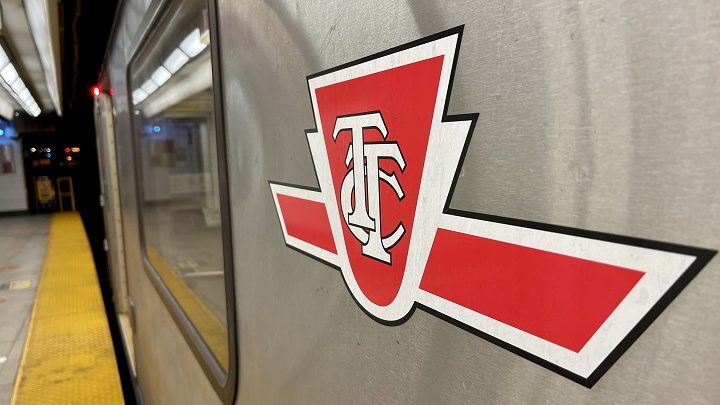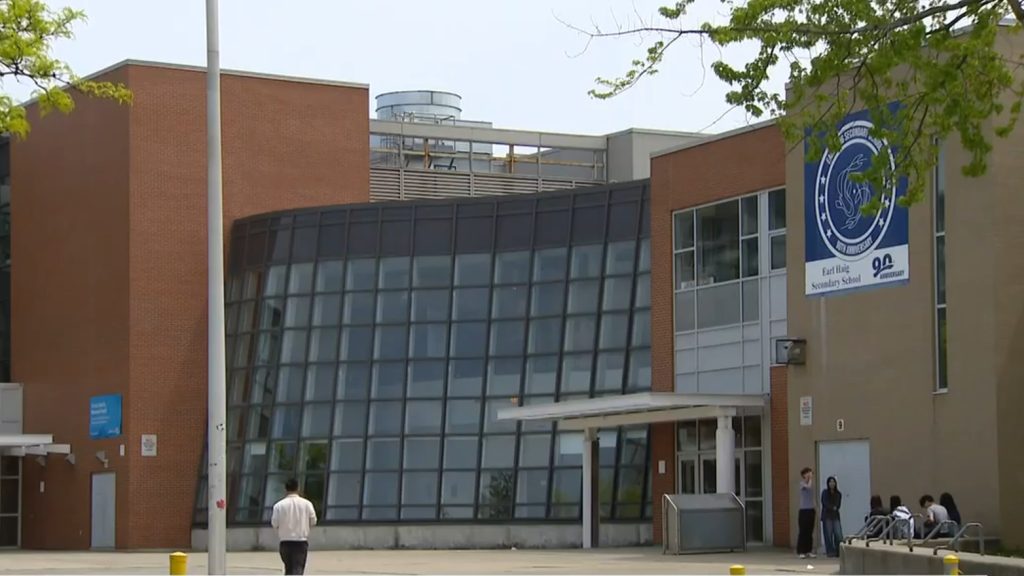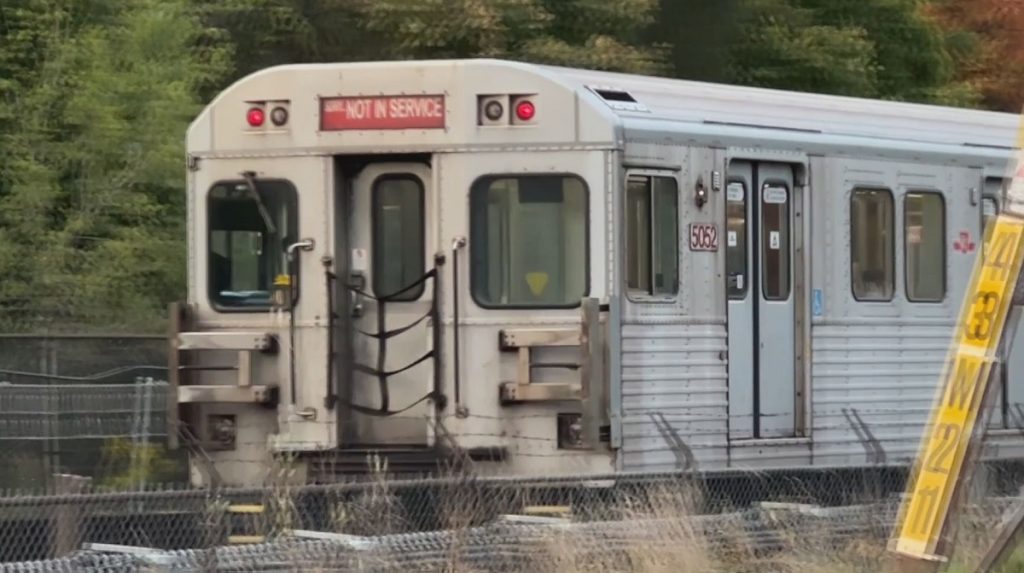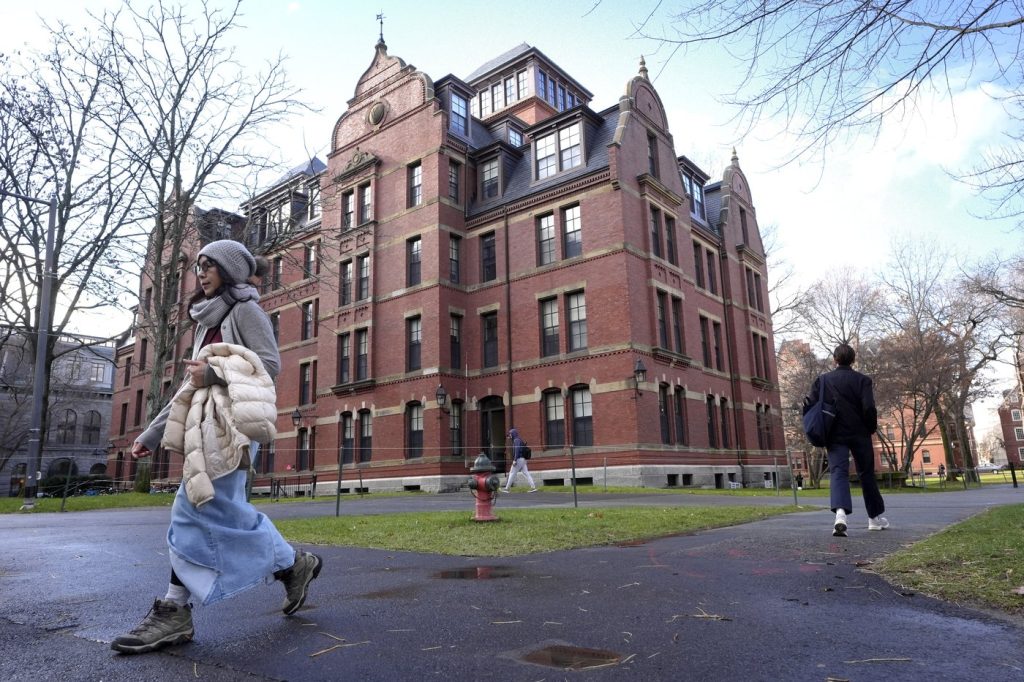The Toronto Transit Commission (TTC) is considering the installation of platform-edge safety doors (PEDs) across its subway stations, with a new report indicating that the estimated cost for retrofitting has surged to approximately $4.1 billion. This development will be reviewed by the TTC board on June 23.
The comprehensive report includes a business case and feasibility study that outline the retrofitting of 74 platform sets across 70 subway stations on Lines 1, 2, and 4. The analysis estimates the retrofitting of each set of two platforms will cost between $44 million and $55 million. Notably, the upcoming Ontario Line (Line 3) will be equipped with PEDs due to its driverless train system.
This latest cost projection is significantly higher than an earlier estimate of $1.23 billion proposed several years ago. Despite the increased costs, the report highlights potential annual savings of up to $127.8 million. These savings stem from a reduction in "social costs" by avoiding injuries and fatalities ($92 million), reduced passenger delays ($16 million), emergency response cost reductions ($19 million), and employee health improvements by cutting insurance claims ($800,000).
According to the report, securing funding over a 20-year period and planning to start construction during off-peak hours in 2026 could result in the total benefits exceeding the overall project costs by 2062, 14 years after the full installation is anticipated to be completed.
The projected life-cycle cost of the entire PED system is anticipated to be between $2.2 billion and $2.4 billion. Furthermore, the business case indicates that significant rehabilitation will likely be necessary for each set of PEDs at around the 30-year mark, requiring an additional $18 million annually starting in 2056 for continued operation.
In the report awaiting board approval, TTC staff have recommended initiating a pilot project for PED installation at the soon-to-be-renamed TMU station (formerly Dundas) in 2026. They also proposed prioritizing future installations and mandatory inclusion of PEDs in all new stations.
The report underscores the necessity for a new strategy to manage interactions between TTC users, surrounding communities, and subway operations. This is aimed at reducing service disruptions resulting from track intrusions, which have raised safety concerns, especially after several incidents involving individuals being pushed or falling onto the tracks.
Discussions about PEDs have been ongoing since 2009, spurred by the need for safety enhancements, particularly in the wake of incidents such as a woman being pushed onto the tracks in 2022 and a man who died after a similar occurrence at Bloor station later that year.
The comprehensive review found that full-height PEDs ranked the highest among four evaluated methods based on safety, cost, complexity of installation, operational impacts, experiences from other transport systems, and adaptability for future upgrades. Partial-height PEDs were rated second, while sensor-based intrusion systems and rope-based screen doors ranked lower.
TTC staff noted the absence of a "one-size-fits-all" solution, emphasizing that different station configurations and usage dynamics necessitate tailored approaches. Moreover, implementing PEDs in existing stations will require meticulous planning, with most work needing to be executed at track level during non-operational hours. This will coincide with ongoing maintenance work within subway tunnels and stations, leading to substantial station closures and bypasses to facilitate the project.
It is also required that the new safety system be integrated with the automatic train control signaling system currently in use on Line 1, and preliminary cost estimates do not include these integration expenses.












